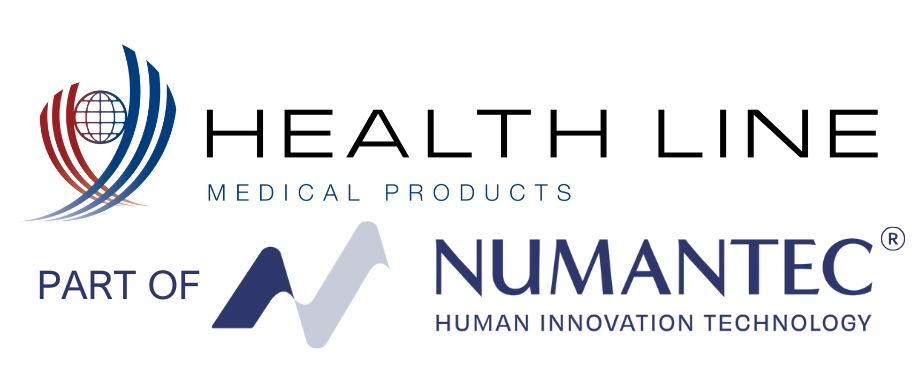Central Venous Catheters
Non-Tunneled Central Line Kits for Acute Central Access
Health Line’s non-tunneled central venous catheter kits are designed for an array of intravenous applications, including the administration of fluids and bloodstream medications, obtaining blood for tests, and measuring central venous pressure. Available in single lumen, double lumen, and triple lumen central line kits, our CVCs allow for reliable insertion and improved patient comfort at a lower price point thanks to our streamlined manufacturing processes and high quality standards.
We manufacture and distribute non-tunneled CVC kits for patients requiring acute, short-term CT and non-CT therapies.
Central Venous Catheters FAQs
CVCs are catheters placed centrally, with the tip of the catheter located in the lower third of the superior vena cava (SVC). CVCs can remain in situ for less than 30 days and are used mostly in acute/emergent settings to administer bloodstream medication or fluids, obtain blood tests, and measure central venous pressure.
CVCs are most commonly inserted in an X-ray room by a radiologists, specially-trained nurses, and technologists.
Health Line International Corp. is not responsible for any errors, omissions, injury, loss, or damage arising from or relating to the use (or misuse) of any information, statements, or conclusions contained in or implied by the contents of this document or any of the source materials.
